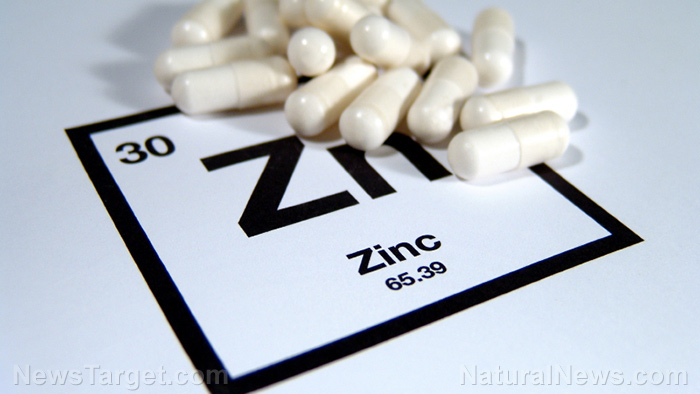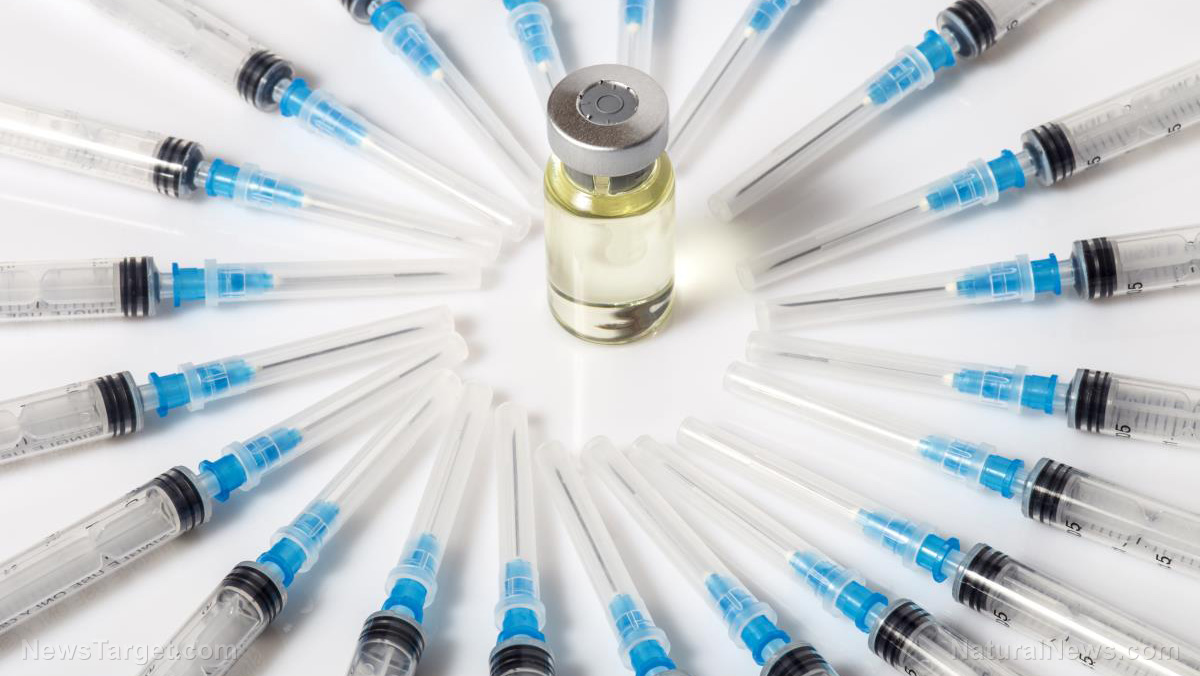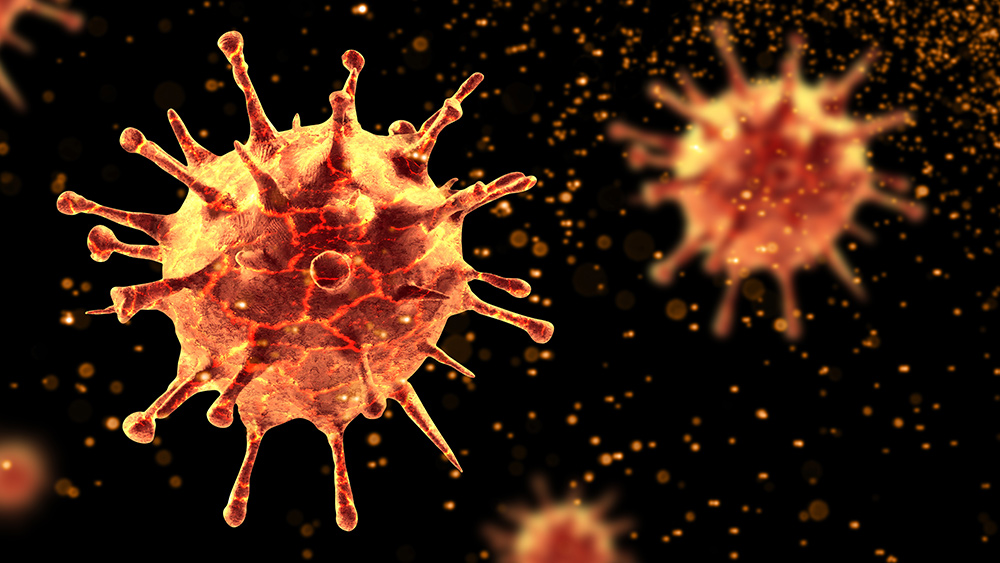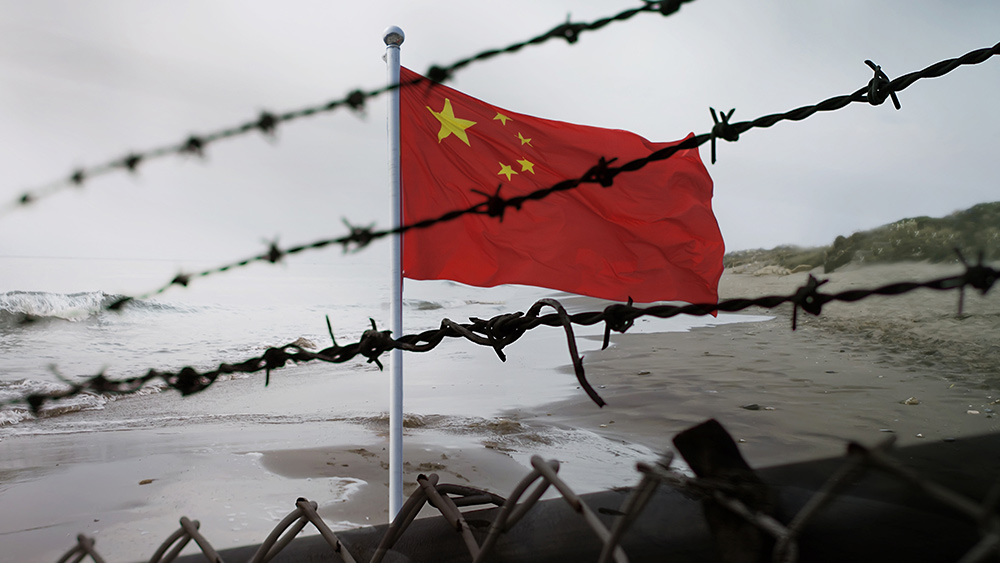Study claims hydroxychloroquine doesn’t work against coronavirus, but it intentionally left out zinc
04/27/2020 / By Ethan Huff

A new study claims that the anti-malaria drug hydroxychloroquine, which was touted by President Donald Trump as an effective remedy for the Wuhan coronavirus (COVID-19), does not work as claimed. But there is just one problem: The study intentionally left out zinc, which is supposed to go along with it.
Funded with grants from the National Institutes of Health and the University of Virginia, the study looked at 368 patients at Veterans Administration (VA) hospitals nationwide, the largest so far. It compared the effectiveness of hydroxychloroquine with or without the antibiotic drug azithromycin, which has also been suggested as a remedy for the Wuhan coronavirus (COVID-19).
Posted online for researchers to look at but not yet peer-reviewed, a paper outlining this study’s findings claims that hydroxychloroquine does not show any benefit in the treatment of the Wuhan coronavirus (COVID-19), and should thus be rejected. But, again, they left out zinc, which Mahir Ozmen, a professor of surgery at Istinye University in Istanbul, Turkey, says should be paired with hydroxychloroquine in order to derive benefit.
Ozmen is actually conducting a clinical trial that involves combining hydroxychloroquine with not just zinc but also vitamins C and D, both of which are also known to benefit the human immune system. His goal is to verify the effectiveness of a combination of some or all of these substances in preventing and treating the Wuhan coronavirus (COVID-19).
Listen below to The Health Ranger Report as Mike Adams, the Health Ranger, talks about how we need a national zinc campaign to help stop the Wuhan coronavirus (COVID-19) from spreading, and thus end the lockdowns:
Hydroxychloroquine does come with side effects, however
At the same time, it is important to remember that hydroxychloroquine is a pharmaceutical drug, which means that it comes with potentially serious side effects. Some of these have already been identified, and include damage to one’s heartbeat in such a way that sudden death occurs. Heart rhythm problems were so pervasive in one Brazilian study on chloroquine, an older drug that is similar to hydroxychloroquine, that researchers there actually stopped testing it for patient safety.
“I think we’re all rather underwhelmed,” added Dr. Nasia Safdar, medical director of infection control and prevention at the University of Wisconsin – Madison, about how hydroxychloroquine has thus far underperformed.
Many patients have been asking about it ever since President Trump made mention of it, “but now I think that people have realized we don’t know if it works or not,” Dr. Safdar added about hydroxychloroquine.
At the same time, Ozmen believes that zinc is the key to making hydroxychloroquine work safely and effectively, which is why he has decided to incorporate the two together as part of his clinical trial.
“Hydroxychloroquine helps the zinc get inside the infected cells to destroy the virus, and vitamins A and D support immune function,” he says, suggesting that the real “active” ingredient in the combination treatment is actually zinc, and hydroxychloroquine simply gets this zinc to where it needs to be inside the body.
Ozmen says he is administering very small doses of hydroxychloroquine along with zinc and the other vitamins. At the end of this trial, he plans to test each patient for antibody levels, which could indicate whether or not they were infected with the Wuhan coronavirus (COVID-19) and recovered.
The media and public health authorities, however, are not at all interested in this simple kind of treatment. Most of them are pointing to a future vaccine for the Wuhan coronavirus (COVID-19) that they claim will be the only “cure” for this novel virus.
More of the latest news about the Wuhan coronavirus (COVID-19) is available at Pandemic.news.
Sources for this article include:
Tagged Under:
RECENT NEWS & ARTICLES
BadMedicine.News is a fact-based public education website published by BadMedicine News Features, LLC.
All content copyright © 2019 by BadMedicine News Features, LLC.
Contact Us with Tips or Corrections
All trademarks, registered trademarks and servicemarks mentioned on this site are the property of their respective owners.

















